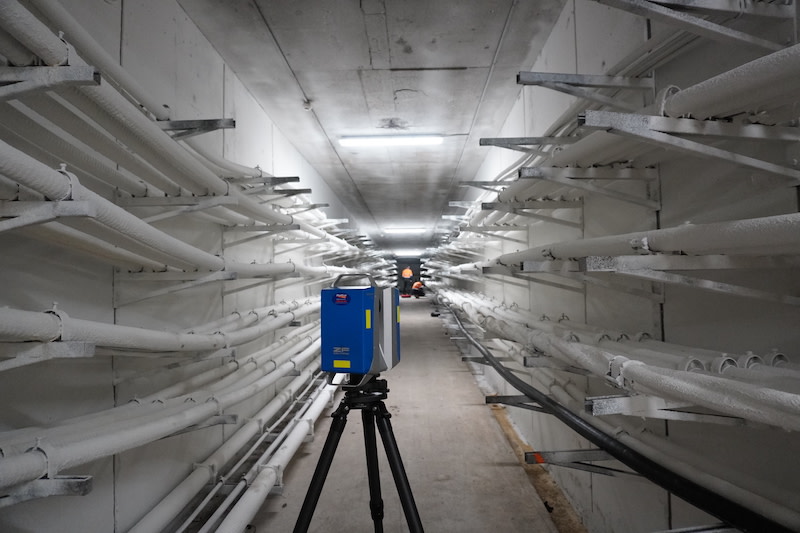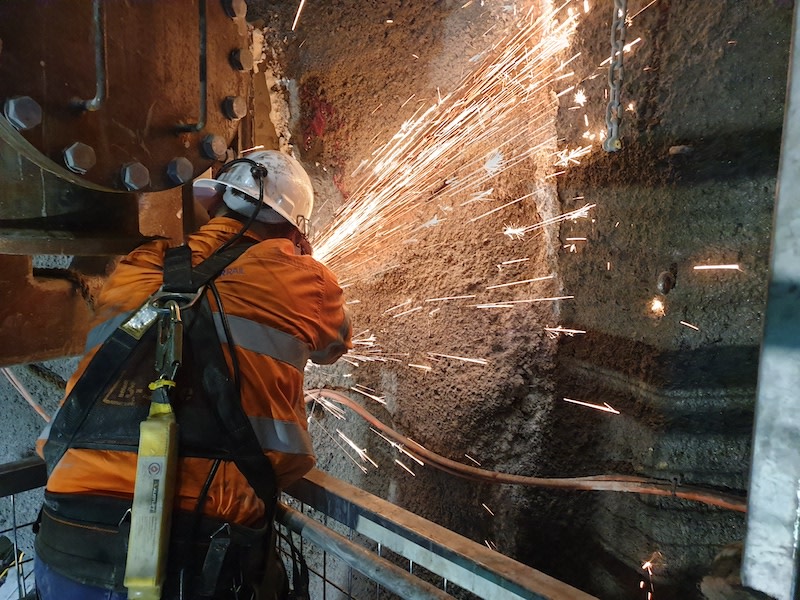Existing assets are set to go under the microscope to be reused, repurposed and remodelled as major cities undergo a subtle transition to future-use.
Development companies are looking to upgrade entire buildings to match sustainability and profit targets following the global pandemic.
This is particularly true for office assets where a flight to quality is driving tenants to flexible workspaces full of amenity.
Meanwhile, others are diversifying portfolios all together, converting old office space and industrial buildings into new offerings for residents or retailers or both.
Clever, adaptive reuse of heritage buildings is also helping developers move forward with planning applications, incorporating facades and internal structures in new construction.
▲ The use of data to determine the worth of the adaptive reuse of buildings is creating more certainty in a project's success.
ADG CDS national director George Frojda said they were using state-of-the-art technology to unlock opportunities for value-adding on existing assets from clubhouses to entire towers.
“There is a trend for repurposing and refurbishing existing structures for extensions and making provisions for additional levels,” Frojda said.
“There can be cost benefits of using an existing structure rather than starting again but also the environment and social conditions are changing.
“People are becoming much more aware and educated on this need for reusing structures, so they don’t generate new carbon.”
ADG has used data to explore options on more than 12,000 projects across the country during the past 20 years.
“So in principle the idea is that if we are working with an existing structure we need to know its condition and if there are any underlying issues,” Frojda said.
▲ ADG has used data to explore options on more than 12,000 projects.
“We collect this data on site to get an understanding of the structure, its condition and response to external factors.
“Then we analyse it and use the information in the design of the refurbishment, repurposing, change of use or extension.”
With a blend of investigation capabilities coupled with engineering judgment the ADG CDS team converts the data captured on site across major projects into value-add options for developers.
The CDS team has recently worked on the Herston Quarter development on heritage elements within the precinct including inspections, sampling, testing, ground penetrating radar LiDAR scanning and drone surveys.
Recent investigations into a rural hospital in outback NSW identified corrosion within the structure in a non-invasive, undisruptive way to create a safer workspace and extend the life span of the building.
ADG engineers have also recently worked on the Melbourne Metro Tunnel, Sunshine Coast Stadium expansion, student accommodation projects in Perth and the Quay Quarter Tower in Sydney.
The Urban Developer is proud to partner with ADG to deliver this article to you. In doing so, we can continue to publish our daily news, information, insights and opinion to you, our valued readers.













